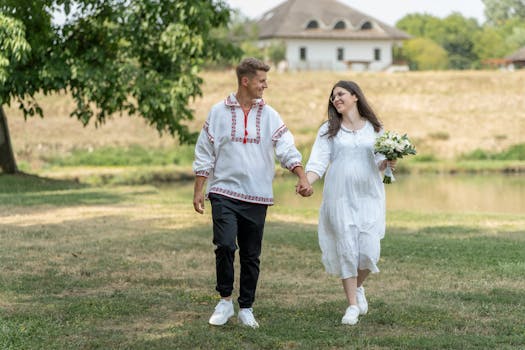
Cultural Fusion: Embracing Diversity in European Lifestyles by 2025
Cultural fusion is becoming an increasingly important aspect of European lifestyles, and it’s expected to continue shaping the continent’s future by 2025. The focus keyword, Cultural Fusion, is at the heart of this movement, as people from different backgrounds come together to share their customs, traditions, and values.
Introduction to Cultural Fusion
Cultural fusion refers to the blending of different cultures, resulting in a unique and diverse cultural identity. This phenomenon is not new, but it has gained significant momentum in recent years, particularly in Europe. As people from different parts of the world migrate to European countries, they bring with them their distinct cultural practices, which eventually merge with the existing culture.
The Benefits of Cultural Fusion
The benefits of cultural fusion are numerous, and they can be seen in various aspects of European lifestyles. Some of the most significant advantages include:
- Enriched Cultural Heritage: Cultural fusion adds to the rich cultural heritage of Europe, making it a more diverse and interesting continent.
- Innovation and Creativity: The blending of different cultures leads to the exchange of ideas, resulting in innovation and creativity in various fields, such as art, music, and cuisine.
- Tolerance and Understanding: Cultural fusion promotes tolerance and understanding among people from different backgrounds, fostering a sense of community and social cohesion.
- Economic Growth: Cultural fusion can also contribute to economic growth, as diverse cultures attract tourists, businesses, and investments.
Examples of Cultural Fusion in Europe
There are many examples of cultural fusion in Europe, and some of the most notable ones include:
- Food: The fusion of different cuisines has resulted in the creation of unique dishes, such as Korean-Italian fusion food in London or Indian-Spanish fusion cuisine in Barcelona.
- Music: The blending of different musical styles has given birth to new genres, such as Afrobeat in London or Flamenco-Rock in Madrid.
- Art: Cultural fusion has inspired artists to create innovative and thought-provoking works, such as street art in Berlin or sculpture in Amsterdam.
- Fashion: The fusion of different fashion styles has resulted in the creation of unique and eclectic clothing, such as African-Print dresses in Paris or Asian-Inspired streetwear in Tokyo.
Challenges and Opportunities
While cultural fusion offers many benefits, it also presents some challenges, such as:
- Integration: The integration of different cultures can be difficult, and it requires effort and understanding from all parties involved.
- Language Barriers: Language barriers can hinder communication and create divides between people from different cultural backgrounds.
- Cultural Preservation: The fusion of cultures can also lead to the loss of traditional practices and customs, which can be a concern for some communities.
However, these challenges also present opportunities for growth, innovation, and understanding. By embracing cultural fusion, Europeans can create a more inclusive, diverse, and vibrant continent, where people from different backgrounds can come together and thrive.
Conclusion
In conclusion, cultural fusion is a powerful force that is shaping European lifestyles and will continue to do so by 2025. By embracing diversity and promoting inclusion, Europeans can create a brighter, more innovative, and more prosperous future for all. The focus keyword, Cultural Fusion, is at the heart of this movement, and it will continue to inspire and unite people from different backgrounds, fostering a sense of community and social cohesion.





